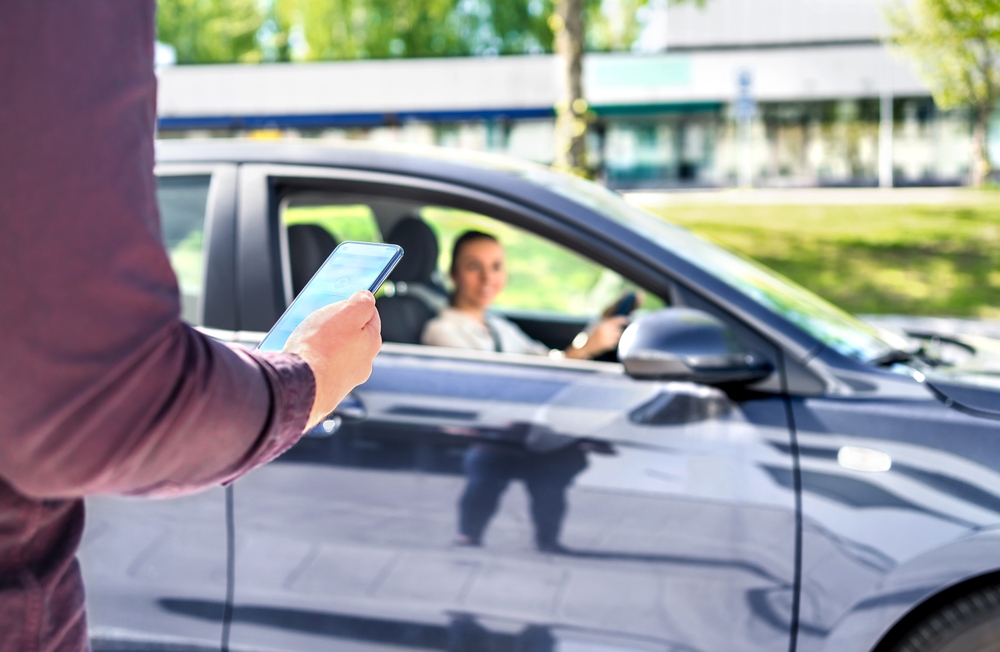How to Navigate a Lyft or Uber Accident
This is one of the first questions a lawyer will ask when approaching a Lyft or Uber case. The person that is responsible is determined on a case-by-case basis; typically determined by who is the negligent party. In any Personal Accident Claim in the State of California, the Plaintiff needs to prove the following three items:
- The defendant owed the plaintiff a duty of care;
- The defendant breached that duty through negligence; and
- The defendant’s negligence was a substantial factor in causing the plaintiff’s harm.
“Duty of Care” is in reference to if the defendant obeyed all California state vehicle codes that are intended to prevent injuries or accidents. Examples of codes include:
- Road Speed Limits
- Stop Signs
- Cell Phone Usage
- Intoxicated Driving
- Distracted Driving Laws
When you include the fact that someone in the accident was using a ride-sharing app like Lyft or Uber, there are a few more questions that need to be answered.
Who is liable in this situation will depend on if the driver is doing one of the following:
- Carrying a passenger
- On their way to pick up a passenger
- Turned on the app and is waiting for a passenger
If one of the above three is true, then all injured parties (including the driver) will have a claim against the company and its Commercial Liability Coverage. If none of the above is true, then the driver is responsible for all injured parties.

